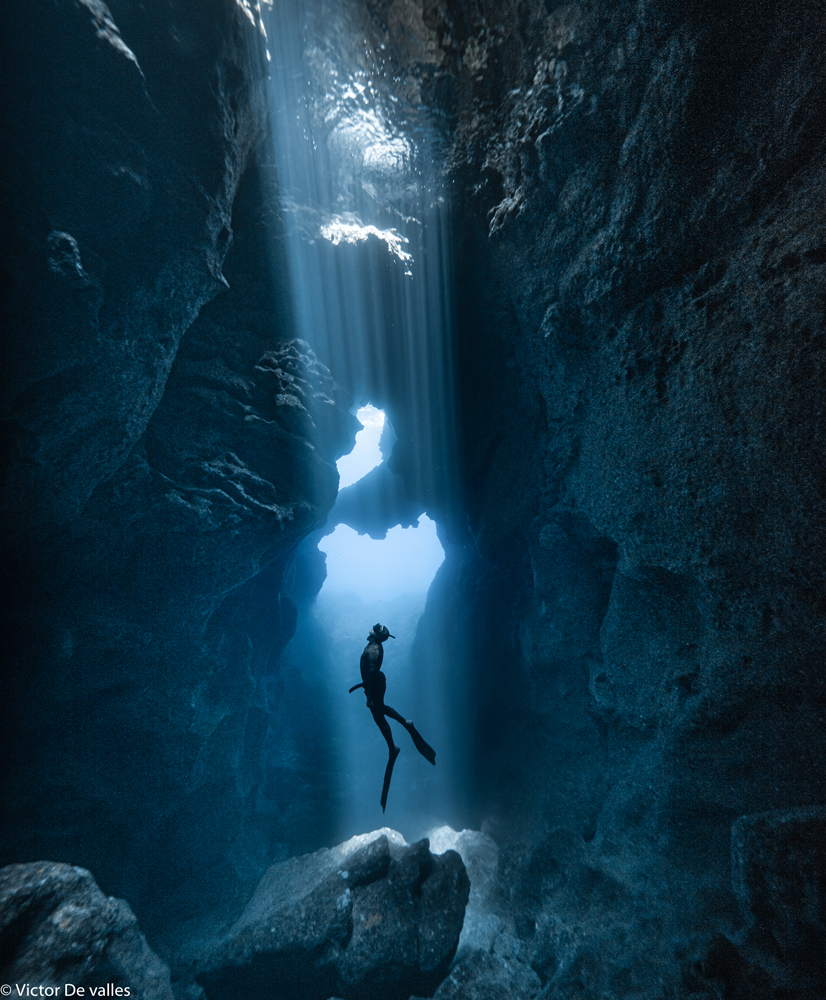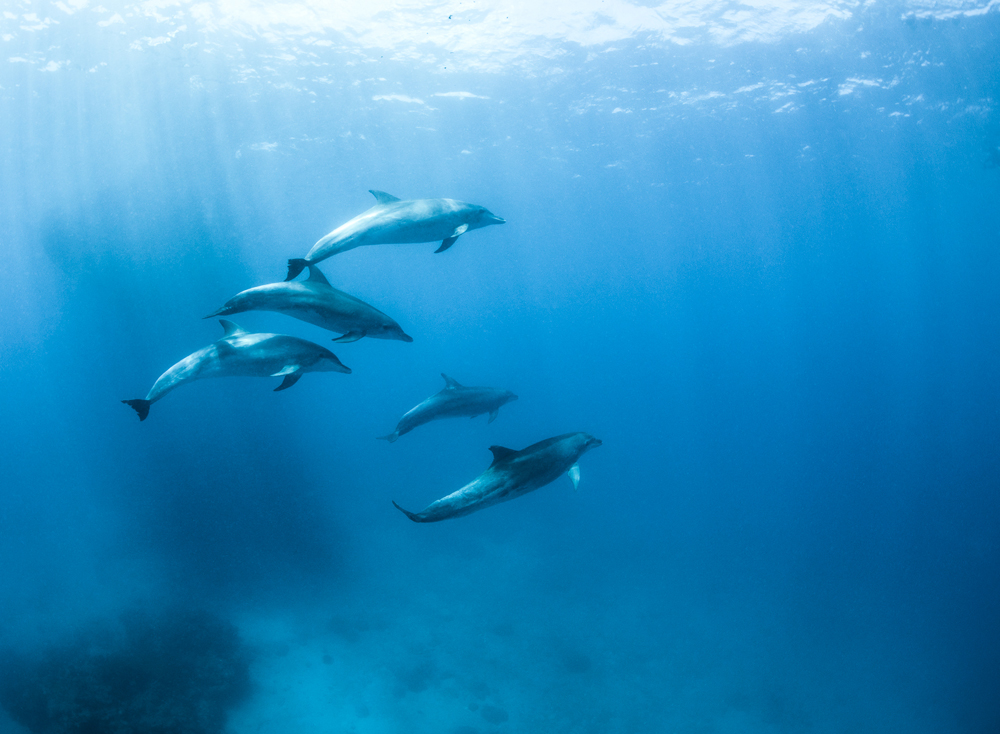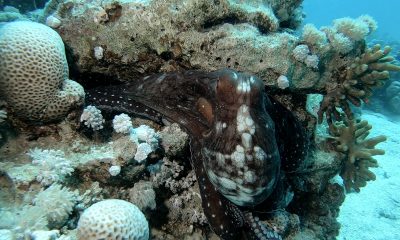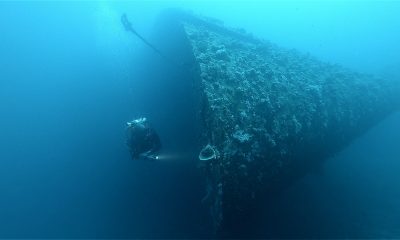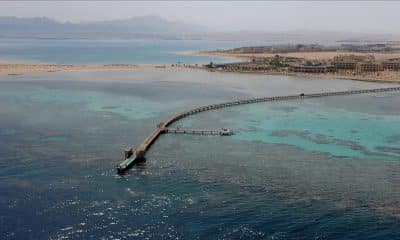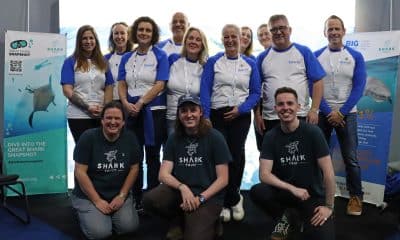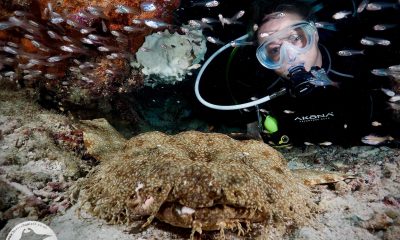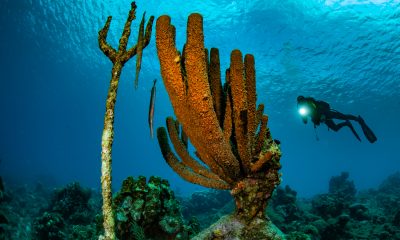News
Winners announced in Life Under Water Travel Photography Contest
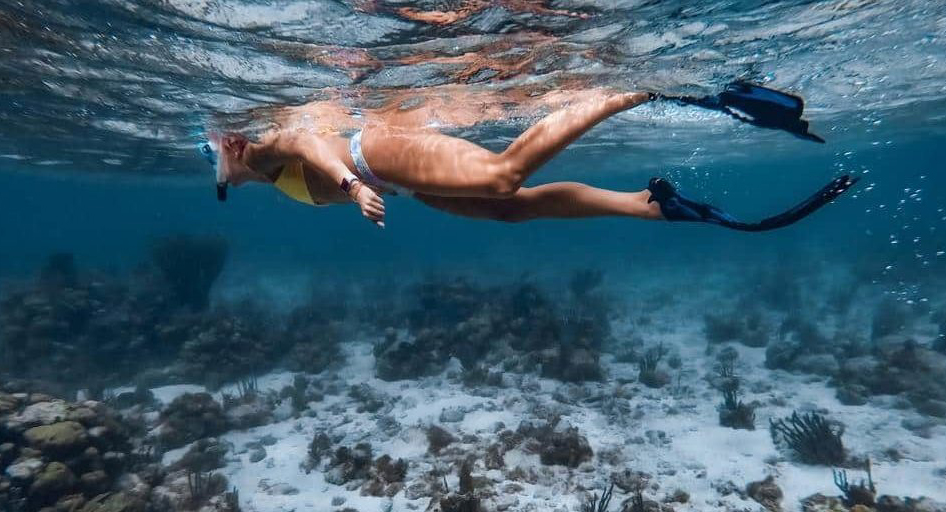
The winners of the inaugural Life Under Water Challenge travel photography contest have been announced.
The newly launched photography contest celebrates marine life beauty and conservation, calling upon amateur and professional photographers to share their most captivating photos and stories of life under water.
The contest, managed by Positive.Travel called upon photographers to share an image capturing the beauty of marine life and our oceans, alongside a story sharing their positive experiences in helping to conserve and celebrate our oceans.
The contest has three winners – one chosen by a public vote, one chosen by a panel of esteemed judges and one selected by Positive Travel.
The judges winner was selected by an esteemed panel of judges featuring TV host and YouTuber Eva Zu Beck, wildlife photographer Carlo Depaulis and Co-founder of Principe di Salina and Positive Travel Advisory Board Member Anita Motta.
The winning entries are as below:
Public Vote Winner – Victor de Valles Ibanez
The winner of the public vote is Victor de Valles Ibanes, whose winning entry showcases him freediving in Ciutadella, Menorca.
Victor is an amateur photographer who has been living in Menorca for ten years, where he captures much of his beautiful underwater and nature shots.
Victor says, “I love the underwater life and I started to freedive and take photos of underwater caves. With my photos I want to share the hidden gems of this amazing world and show to the people what we have to preserve. I want to give them a reason to love them and cooperate taking care of it.”
You can follow Victor on Instagram: @victordevalles
Judges Winner – Jono Allen
The winner of the judges vote is Jono Allen, whose astonishing image of a mother and calf humpback whales swimming in a coral reef in Tonga, scooped him the vote of the judges.
Jono is a wildlife photographer, freediver and environmentalist scientist based in Byron Bay who dedicates his time to experiencing the magical beauty of nature, learning about the environment, and capturing the beauty of our world in his photography.
Jono says, “Understanding the wildlife in front of me, being able to interact and connect with it has been absolutely everything. The difference between seeing a whale underwater, and having one spin around me in joy is simply incomparable. This is why my guided encounters and photography focus on connection above anything else.”
Contest judge Eva Zu Bucks says of Jono’s image, “For capturing an intimate moment between two creatures that share a bond of love. This photo transcends the boundaries between humans and animals.”
You can find out more about Jono on his website here
Positive Travel Winner – Angelina Pilarinos
The Positive Travel Favourite winner is Angelina Pilarinos for her continued service to marine life over the years, and sharing her love for responsible tourism on the Great Barrier Reef with newcomers.
Her winning image showcases a pod of dolphins swimming Agincourt Reef, within the Great Barrier Reef.
Angelina says, “Through work I go to the reef almost every day and it has become my home. I’ve become an ambassador for the Reef and I document it every chance I get. I want to show people that the Great Barrier Reef is not dead, but it is struggling. Climate change is our biggest threat and we need to start making environmentally friendly changes.”
Each of the three winners will be awarded a sustainable luxury hotel stay with one of Positive Travel’s verified +hosts providing responsible tourism options. The prize stays will take place when it is safe to travel again.
Images and full details of the winners and all finalists can be viewed here.
On Monday 8th June, in honour of World Oceans Day, Positive Travel announced the launch of the next step in their Positive Oceans Strategy. The organisation is currently working on a Positive Oceans Index aiming to create awareness amongst the general public and travellers about marine life activities and issues in destinations, and enable a paradigm shift in people’s choices and behaviours towards being more conscious and mindful ocean visitors. More details and the release of this research will be released over the coming months.
For more information about Positive Travel visit their website by clicking here.
Blogs
TRAVEL BLOG: Jeff Goodman Dives SOMABAY, Part 3

Today we are diving one of the outer reefs from an inflatable. As we reach the bottom, a reef octopus eases its way into the cover of a small crack in the coral while displaying it’s incredible ability to change colour. They are arguably one of the most charismatic of reef dwellers and it is always exciting for me to simply hover and watch. I would have spent longer and waited for it to come and investigate me, but as dive time is limited we wanted to move on and find a turtle.
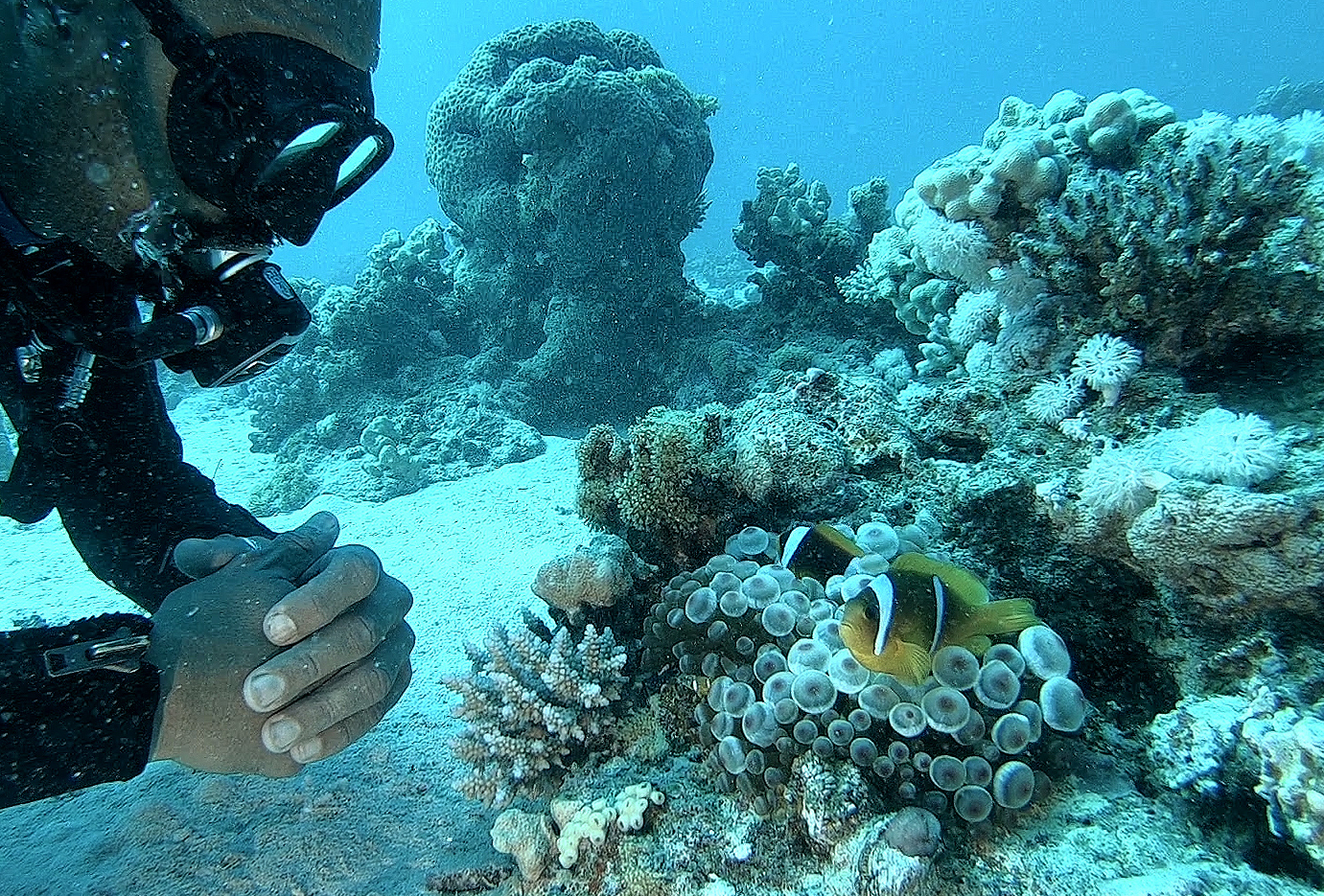
The waters around Somabay are well protected and hold a rich variety of marine life. The reef edges are thriving colonies of coral and shoaling fish, while nearer the sea bed plenty of wildlife is still to be found.
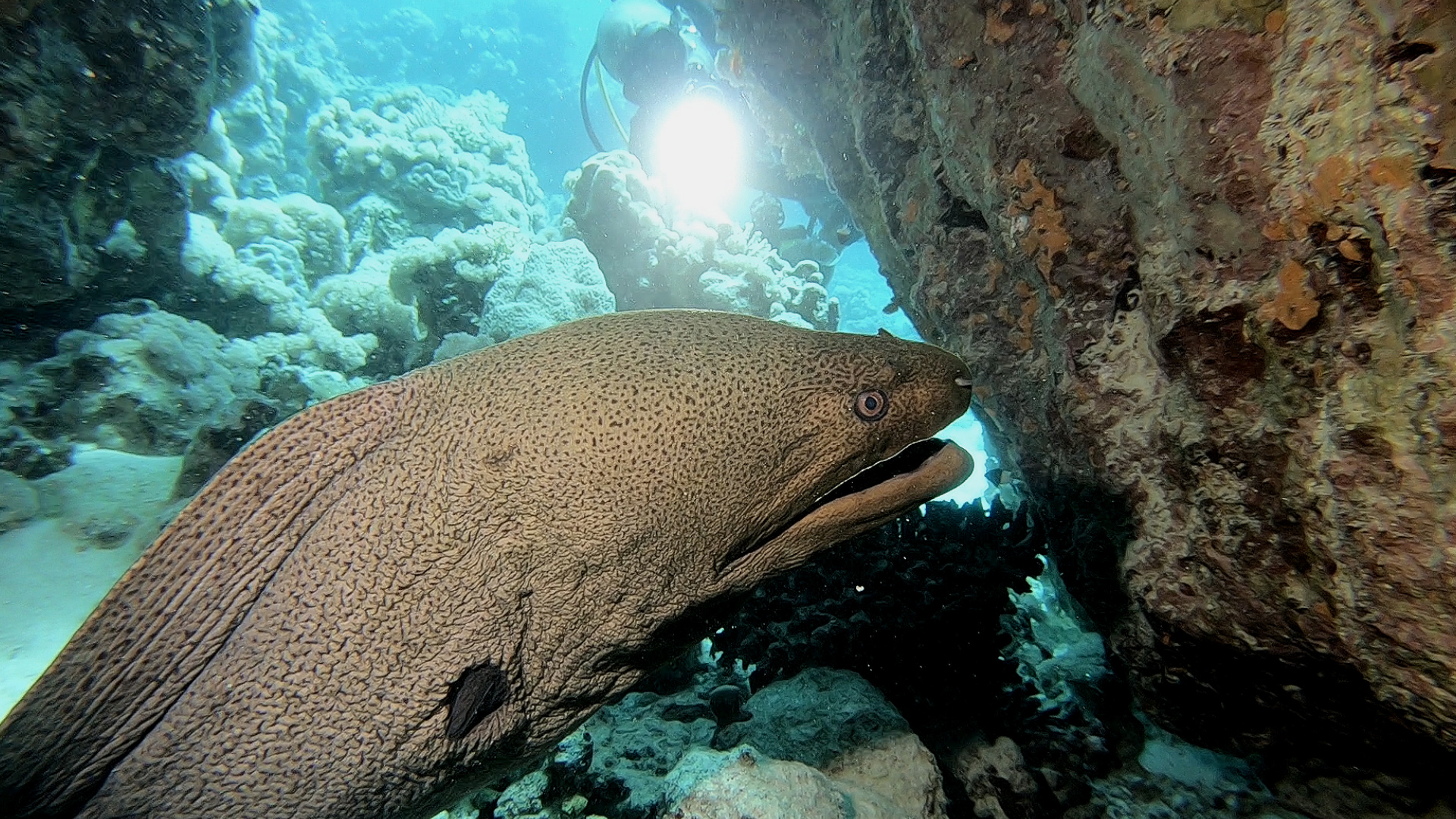
Then we located the turtles. They are very used to divers and so show little concern when slowly approached. In fact occasionally one will come over to see what you are doing. There is always huge excitement when diving with a turtle. The shear thrill of sharing a moment with another species.
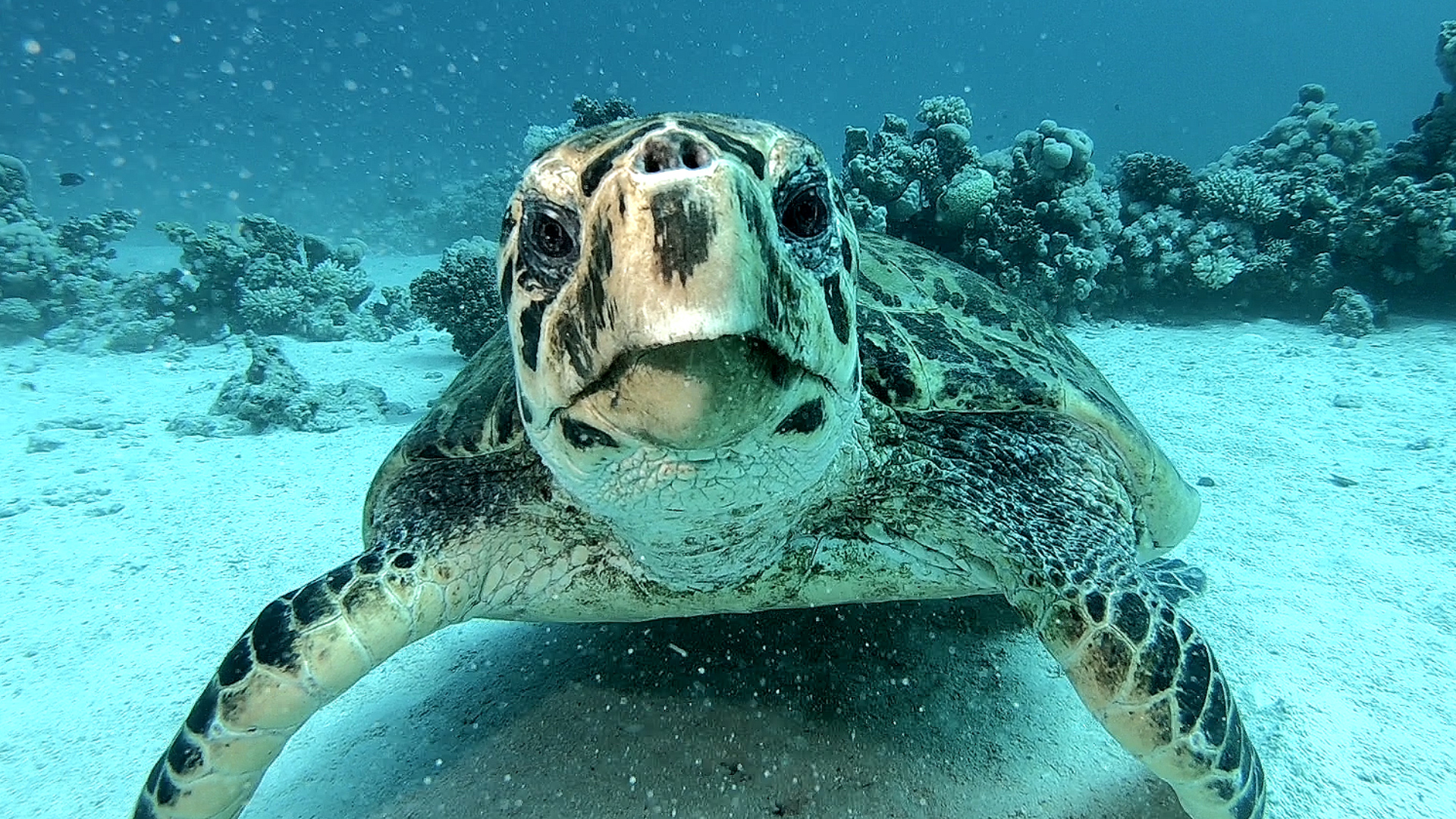
What a fantastic way to finish a wonderful few days diving and I would like to thank SOMABAY, ORCA DIVING and THE BREAKERS for making my stay such a good one.
I had a great time, with diving everyday either on the house reef or on one of the offshore reefs by inflatable or larger day boat. Orca diving provided high quality equipment and facilities while the staff were all very friendly and welcoming. The Breakers was right on the coast with nice rooms, good food and once again friendly staff making the whole trip a real pleasure.

Soma Bay covers an entire peninsula and is home to several resorts as well as residential compounds.
As well as scuba diving, Somabay caters for many other sports and activities, and so is perfect for families as well as individuals and/or groups. And of course there is always time to lay peacefully on the beach under the Egyptian sun.
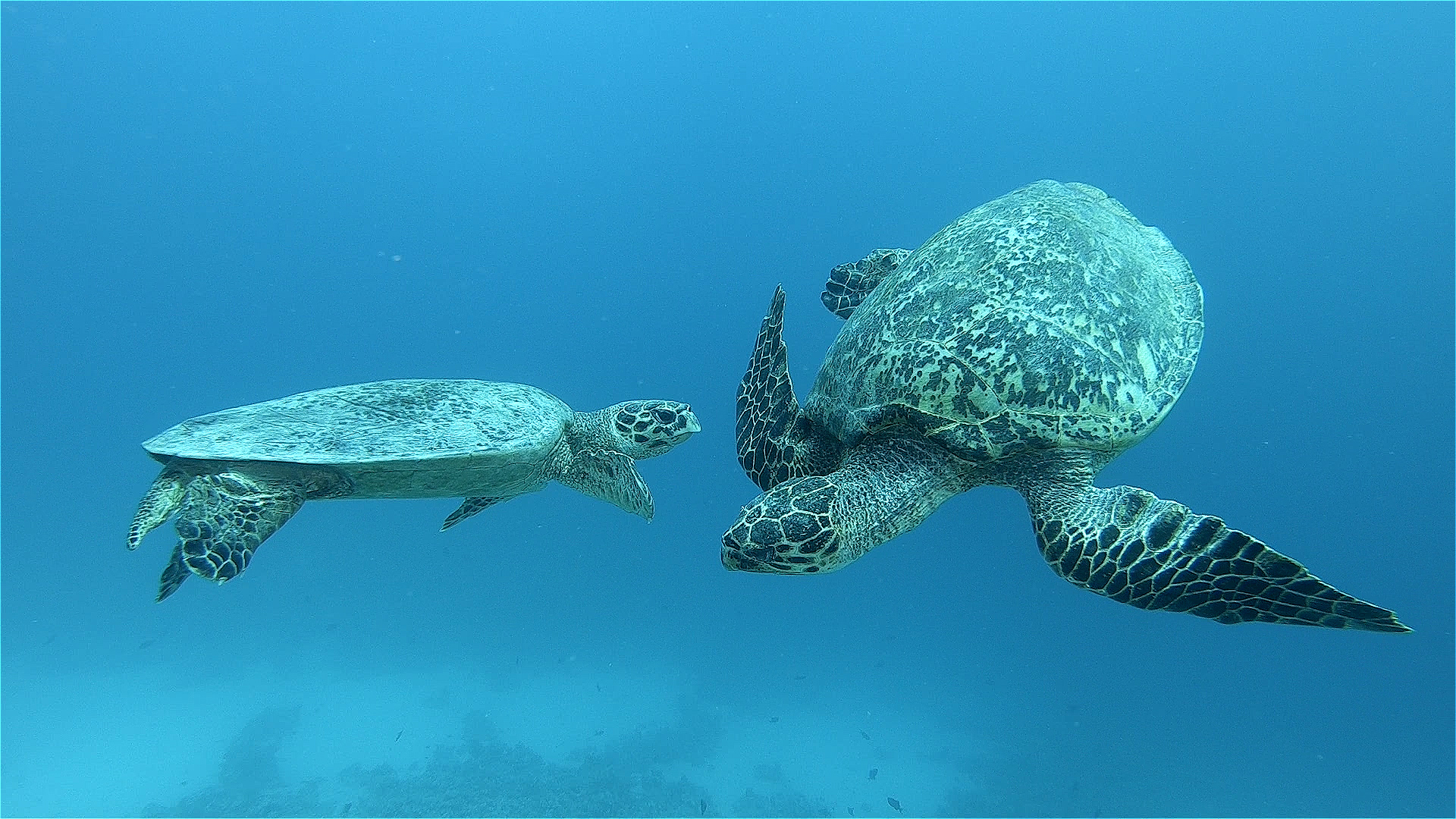
Book your next Red Sea dive adventure with SOMABAY! For more information, visit www.somabay.com.
Stay at the Breakers Diving & Surfing Lodge when you visit! For more information, visit www.thebreakers-somabay.com.
Find out more about ORCA Dive Clubs at SOMABAY at www.orca-diveclubs.com/en/soma-bay-en.
Blogs
TRAVEL BLOG: Jeff Goodman Dives SOMABAY, Part 2
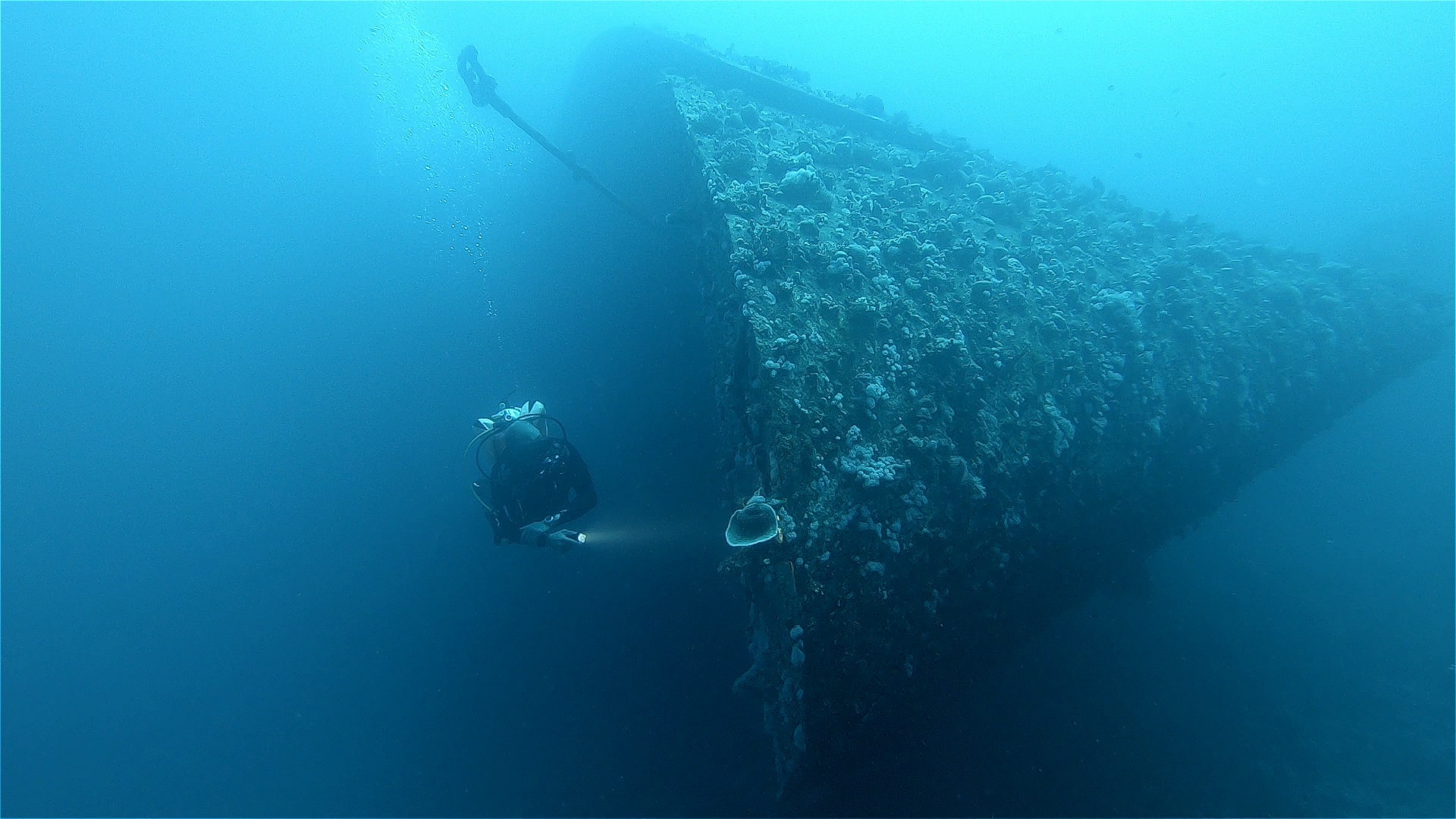
Day three of my trip to Somabay and we were spending the day on the Lady Christina and diving on the wreck of the Salem Express.
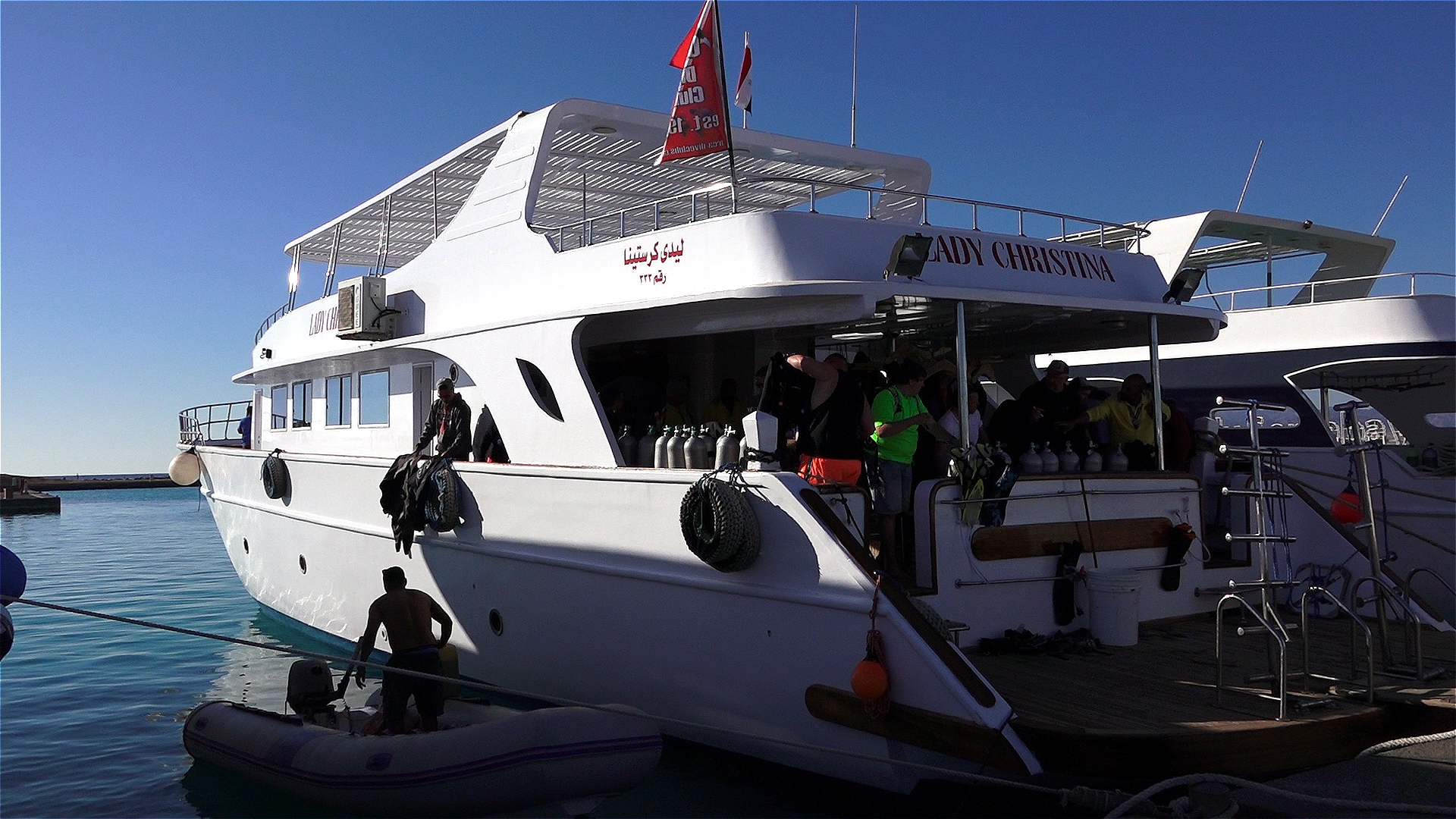
Diving wrecks for me is always one of mixed emotions. The excitement of diving a wreck is more than often tempered by the thought of loss of life when she sank. The Salem Express was a passenger ship and a roll-on/roll-off ferry travelling from Jeddah, Saudi Arabia to Safaga, Egypt. Most passengers were of poor class travelling home from their holidays while around 150 people were returning home from their pilgrimage to Mecca.
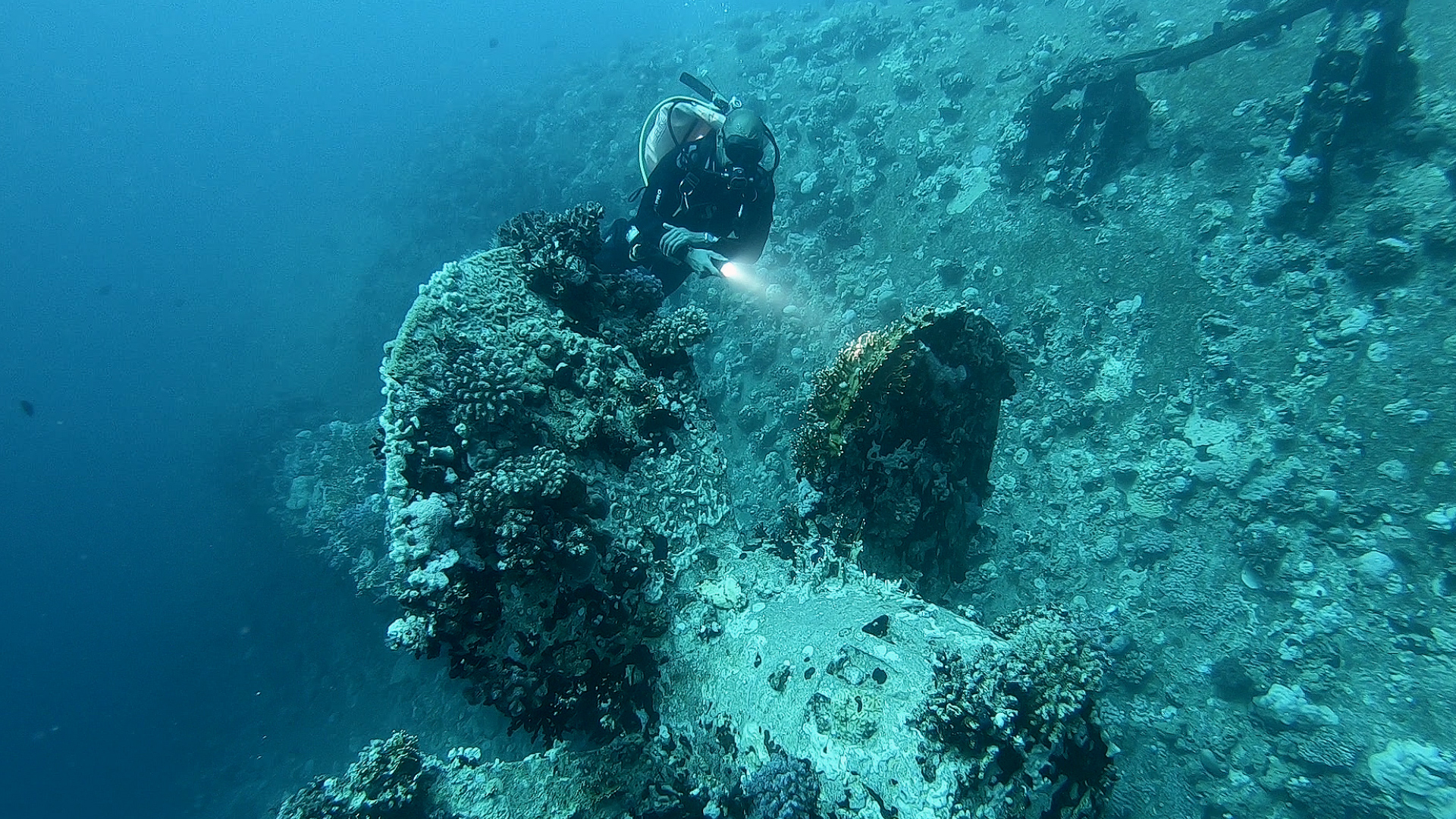
The ship struck a reef and sank within 20 minutes. Passengers were trapped below deck and the ship was filled with fear and panic.
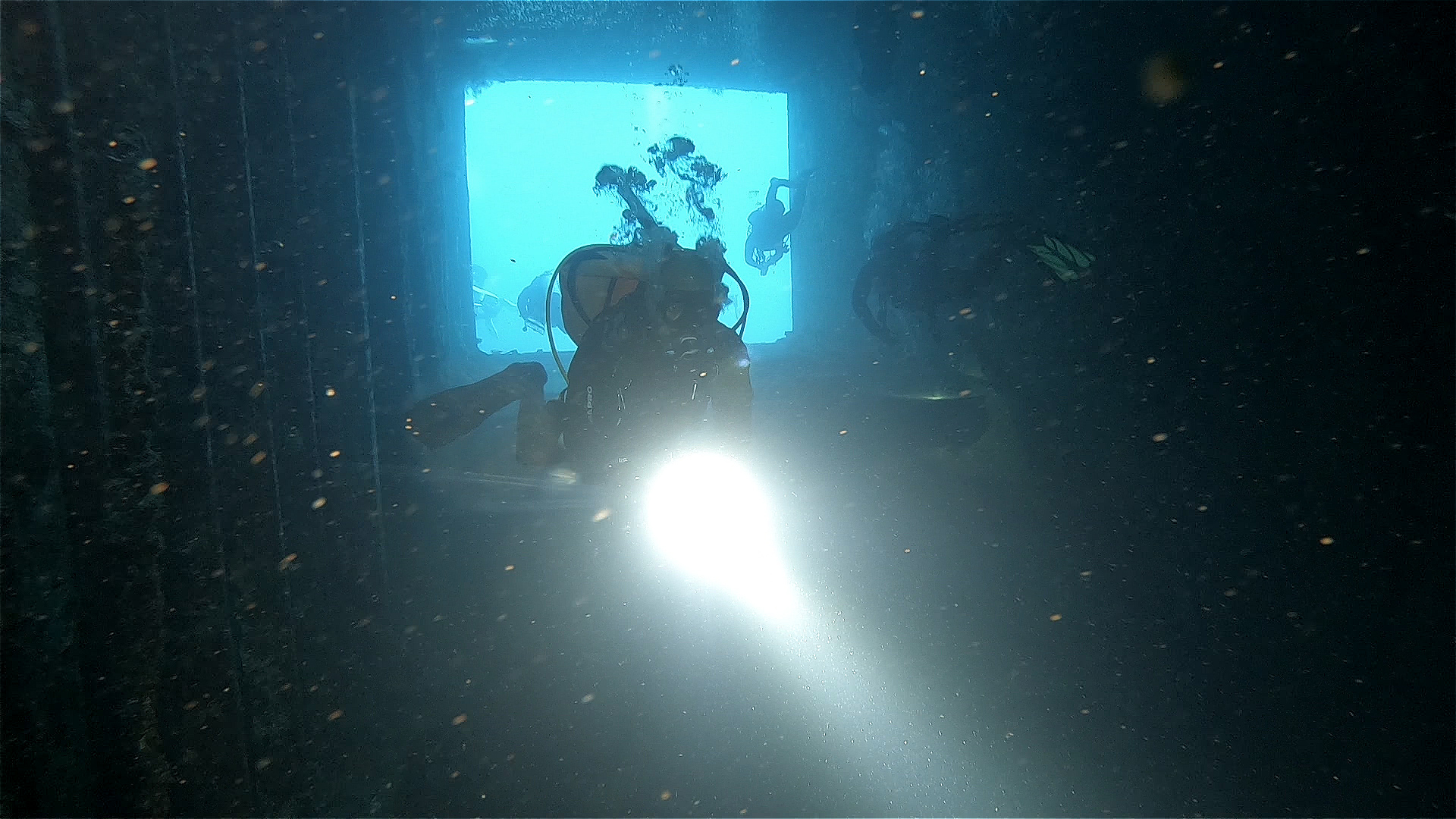
The wreck area is strewn with personal belongings from the crew and passengers such as a transistor radio and a flat iron for clothes. A diver at sometime has put them in a prominent place to be seen.
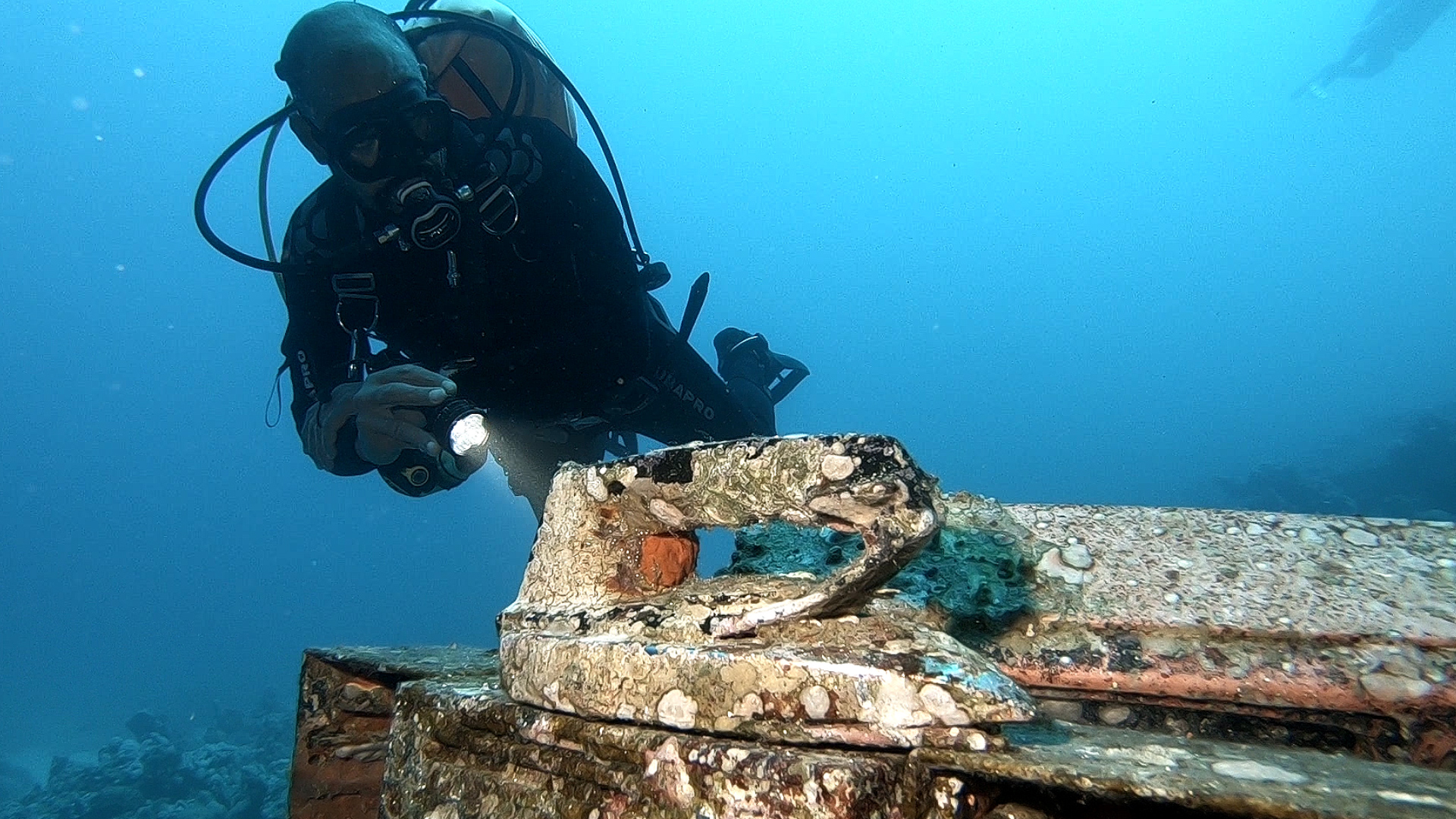
Tragically only one life boat was launched while the others went down with the ship. More than 600 men, women and children lost their lives here.
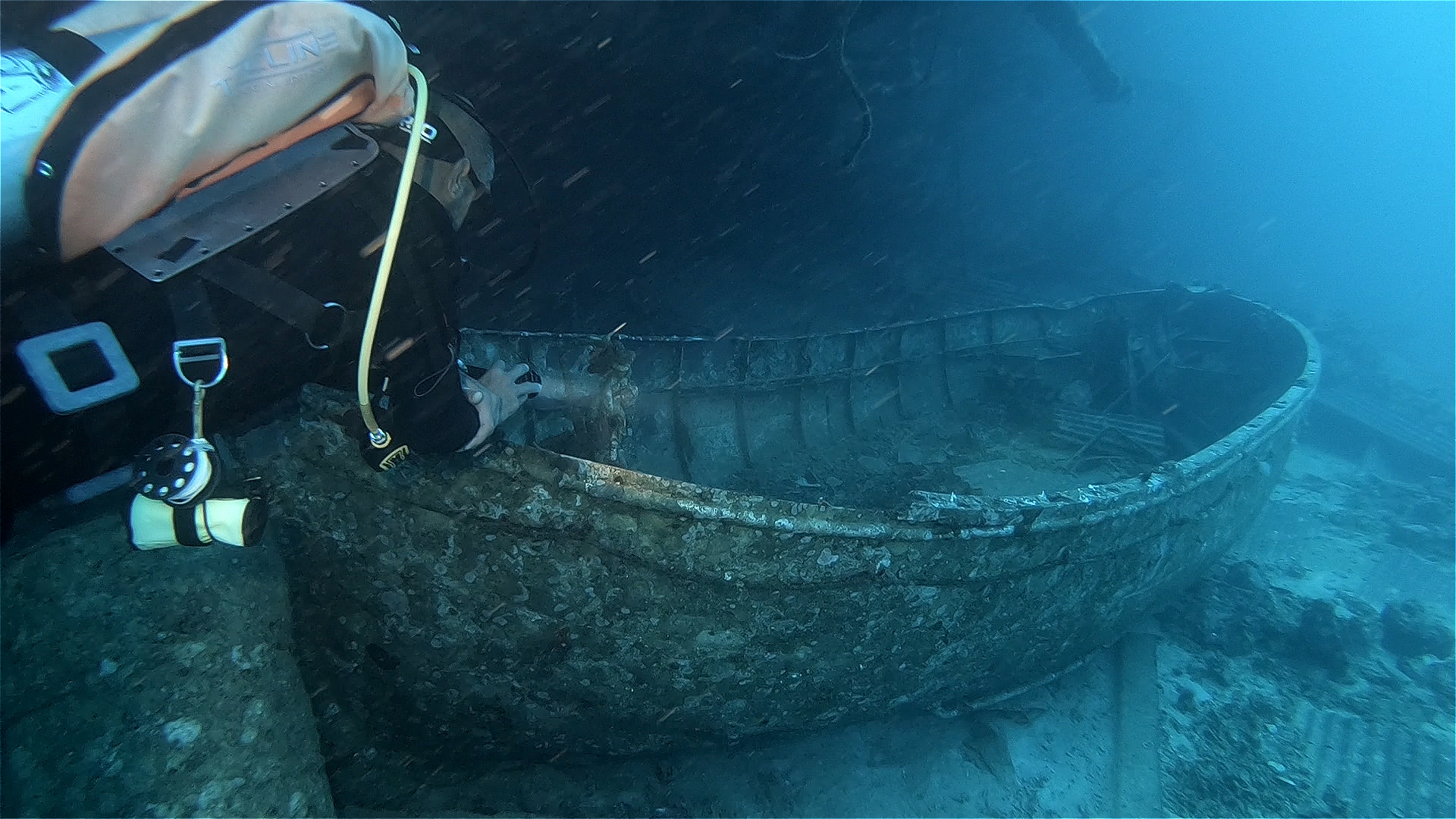
It’s a stark reminder that the sea can be unforgiving and so when we dive on such wrecks we should do so with humble regard.
Returning to the surface, shoals of fish are gathered under our boat and seem to be welcoming us back into the light.
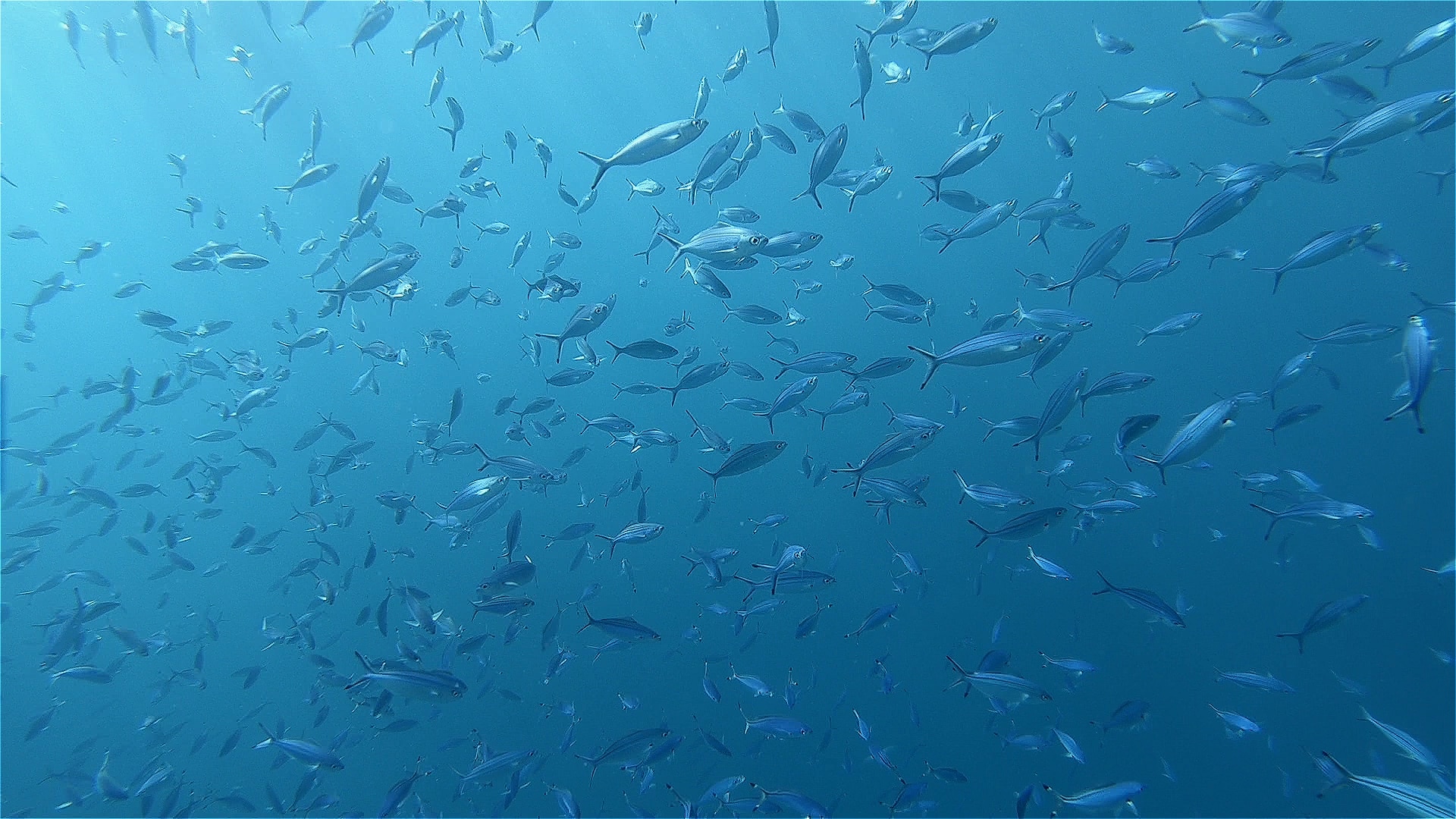
Back at the Breakers I sat in the dining area with a beer and a very good meal while my thoughts still remained with the day’s dive on the Salem Express.
Check in for part 3 tomorrow for Jeff’s last day of diving with Somabay on the off-shore reefs looking for turtles.
Book your next Red Sea dive adventure with SOMABAY! For more information, visit www.somabay.com.
Stay at the Breakers Diving & Surfing Lodge when you visit! For more information, visit www.thebreakers-somabay.com.
Find out more about ORCA Dive Clubs at SOMABAY at www.orca-diveclubs.com/en/soma-bay-en.
-
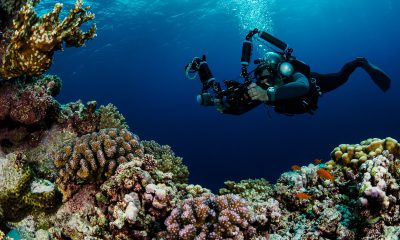
 News3 months ago
News3 months agoHone your underwater photography skills with Alphamarine Photography at Red Sea Diving Safari in March
-
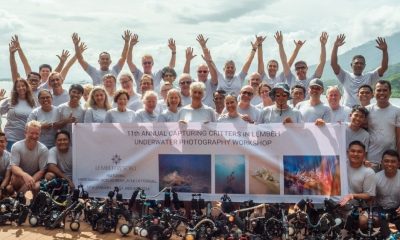
 News2 months ago
News2 months agoCapturing Critters in Lembeh Underwater Photography Workshop 2024: Event Roundup
-
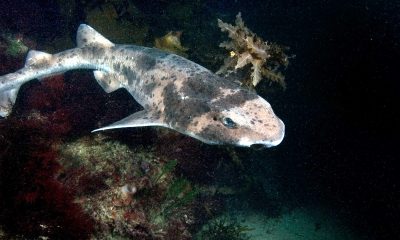
 Marine Life & Conservation Blogs2 months ago
Marine Life & Conservation Blogs2 months agoCreature Feature: Swell Sharks
-

 Blogs1 month ago
Blogs1 month agoMurex Resorts: Passport to Paradise!
-
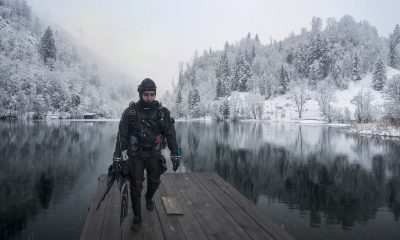
 Gear News3 months ago
Gear News3 months agoBare X-Mission Drysuit: Ideal for Both Technical and Recreational Divers
-
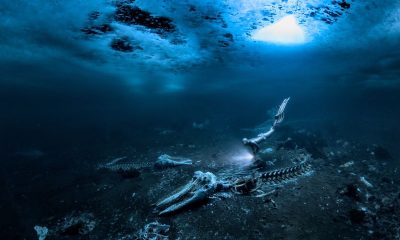
 Blogs2 months ago
Blogs2 months agoDiver Discovering Whale Skeletons Beneath Ice Judged World’s Best Underwater Photograph
-
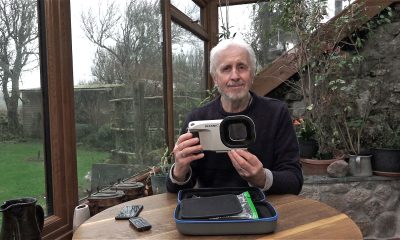
 Gear Reviews2 months ago
Gear Reviews2 months agoGear Review: Oceanic+ Dive Housing for iPhone
-
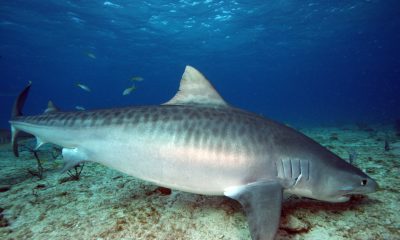
 Blogs3 months ago
Blogs3 months agoThe Thrilling Encounter with Tiger Sharks at Beqa Lagoon’s ‘The Colosseum’ with Coral Coast Divers


